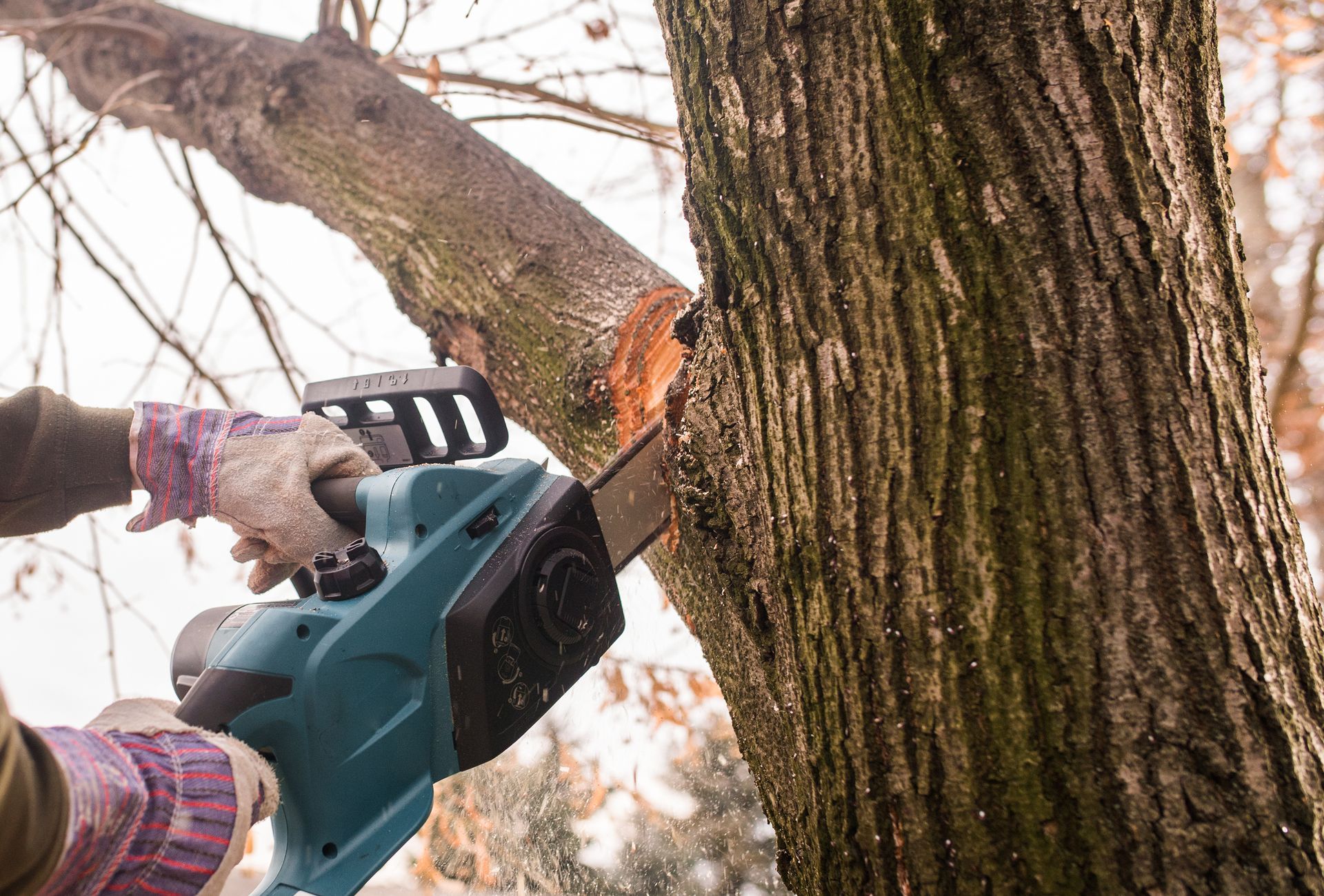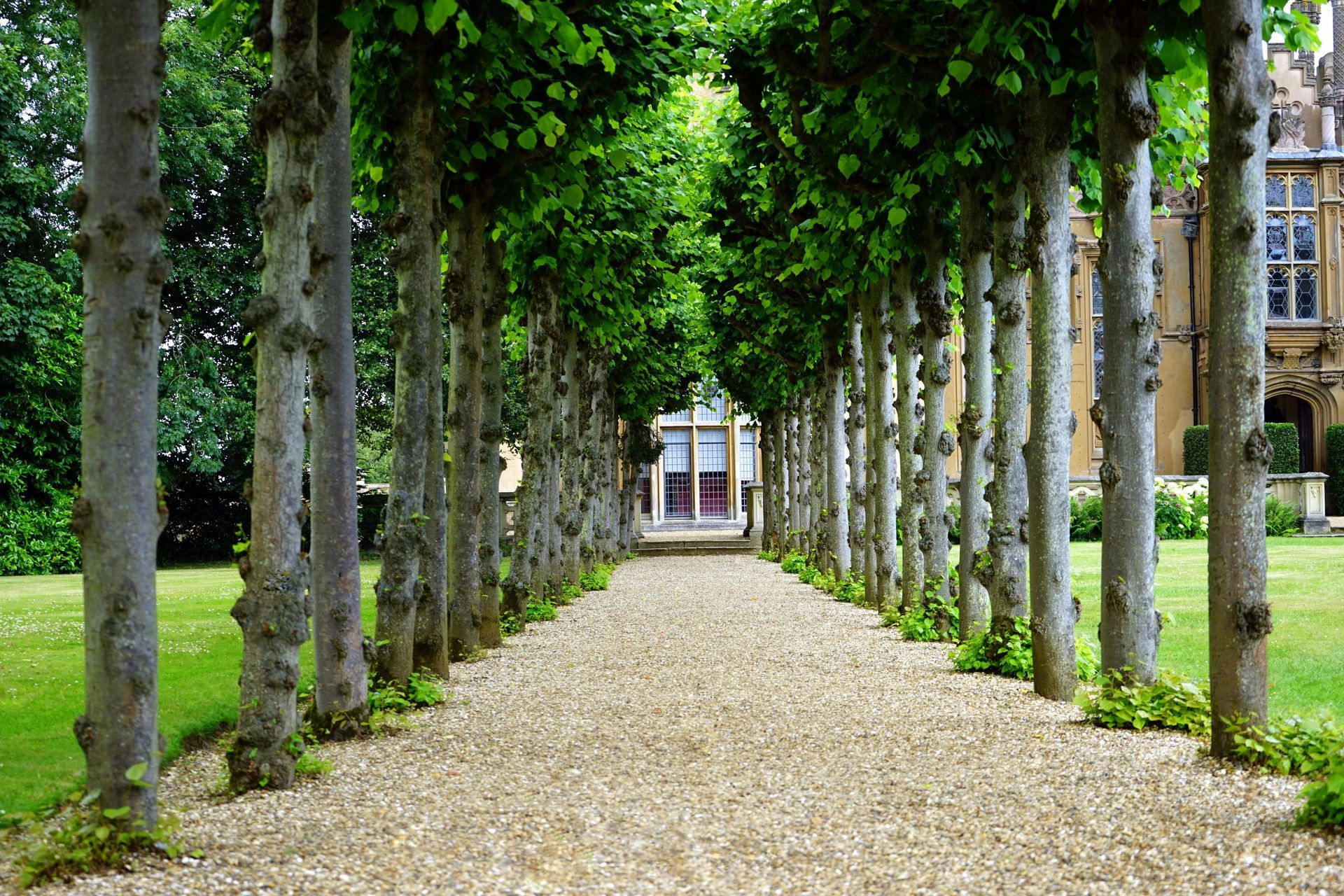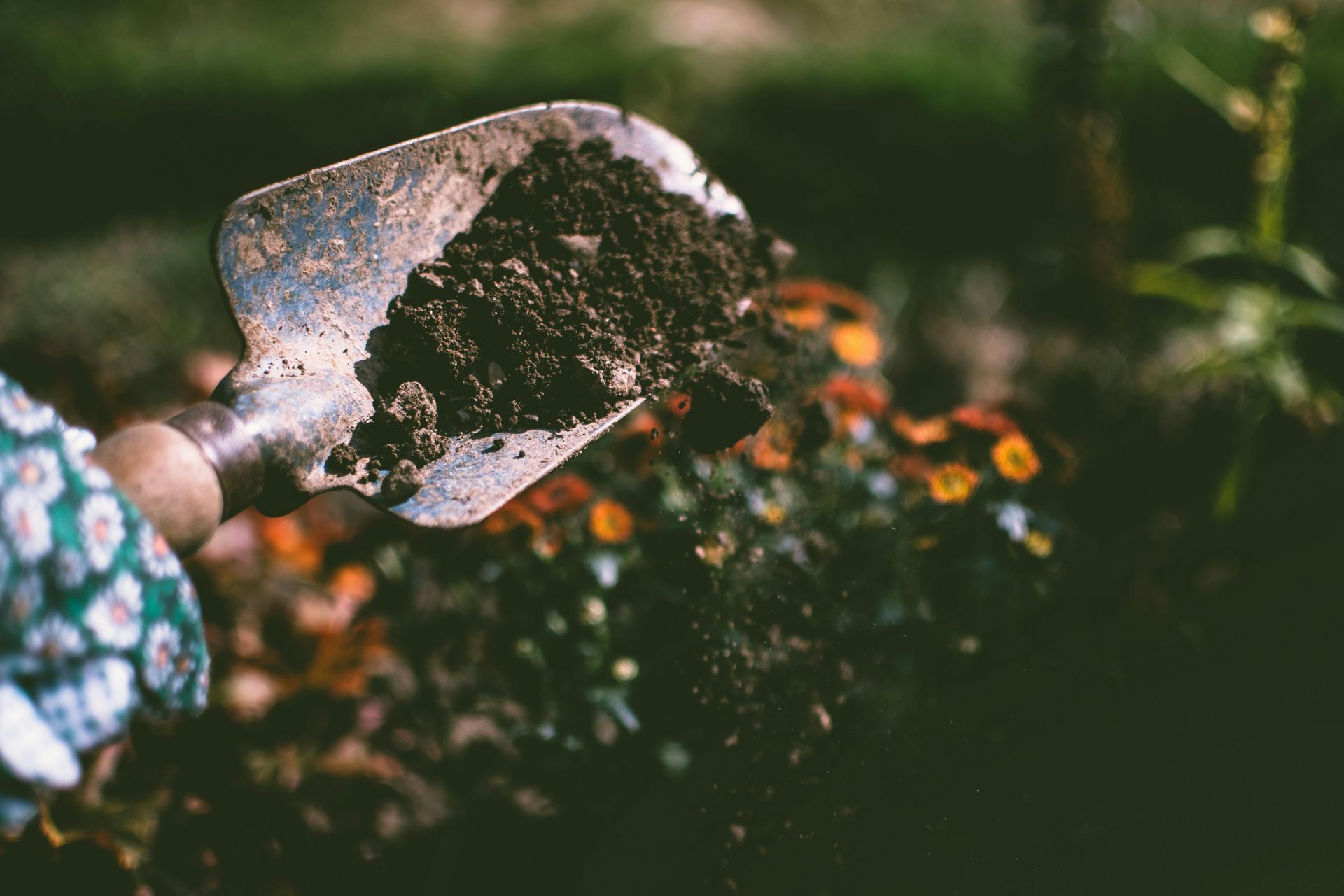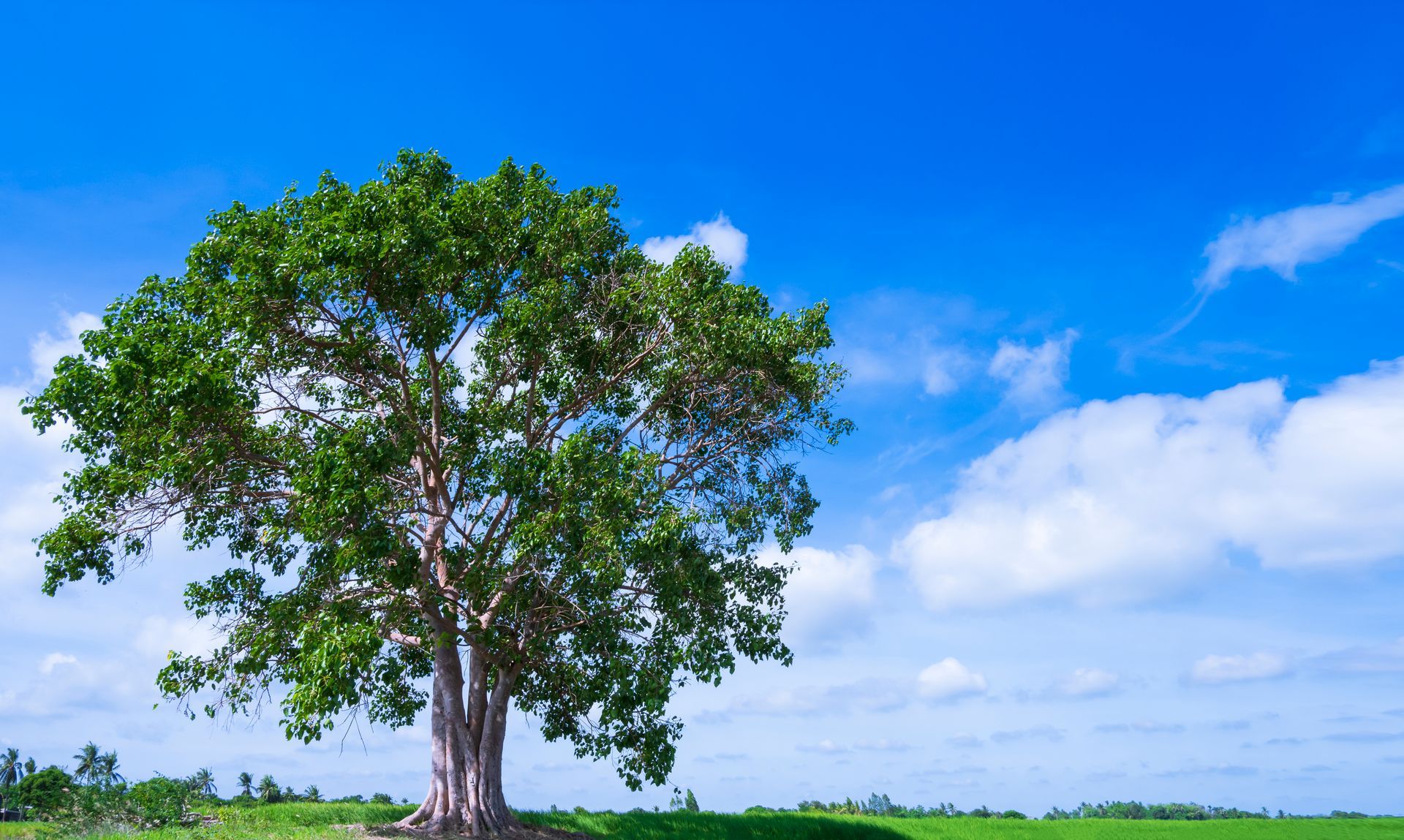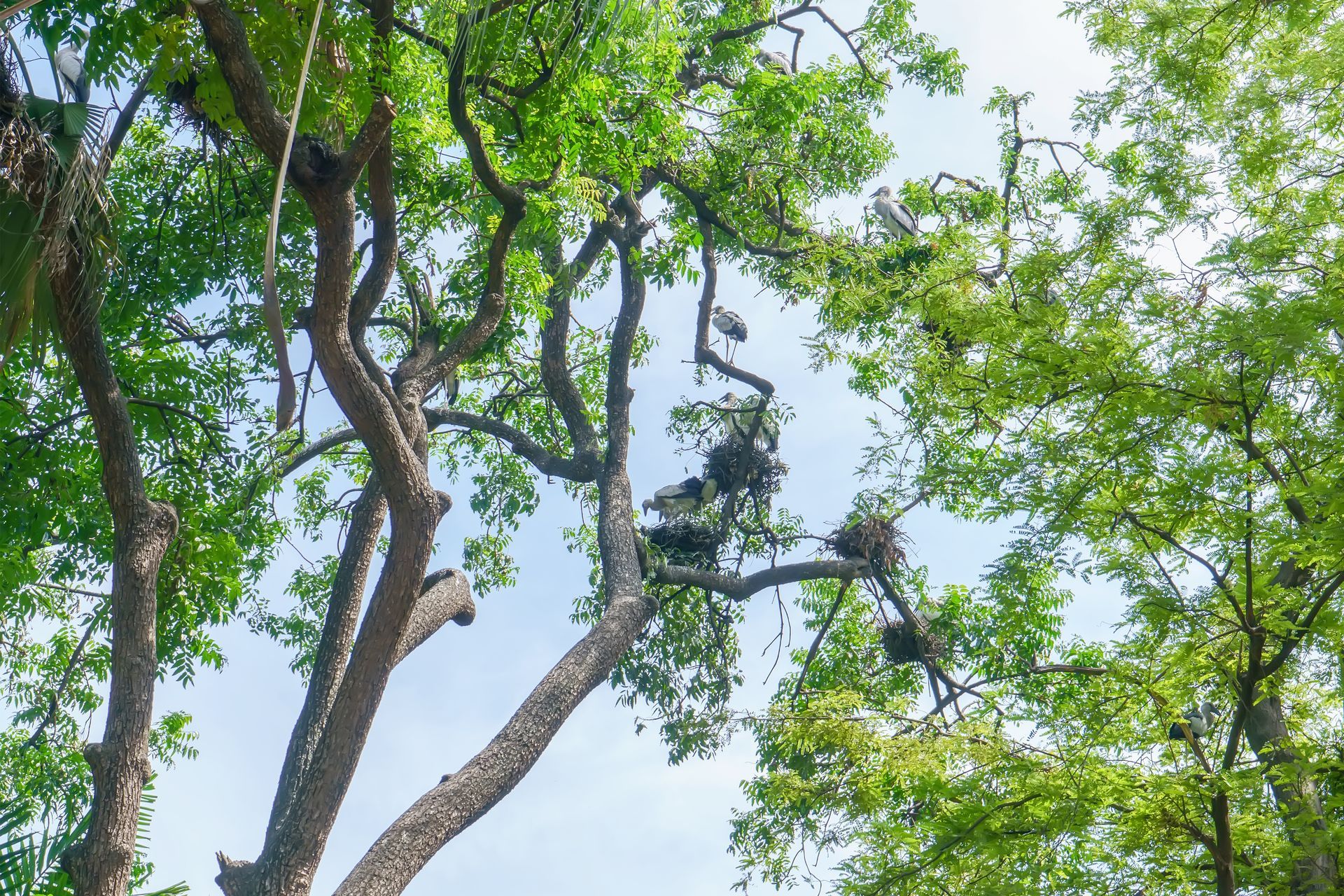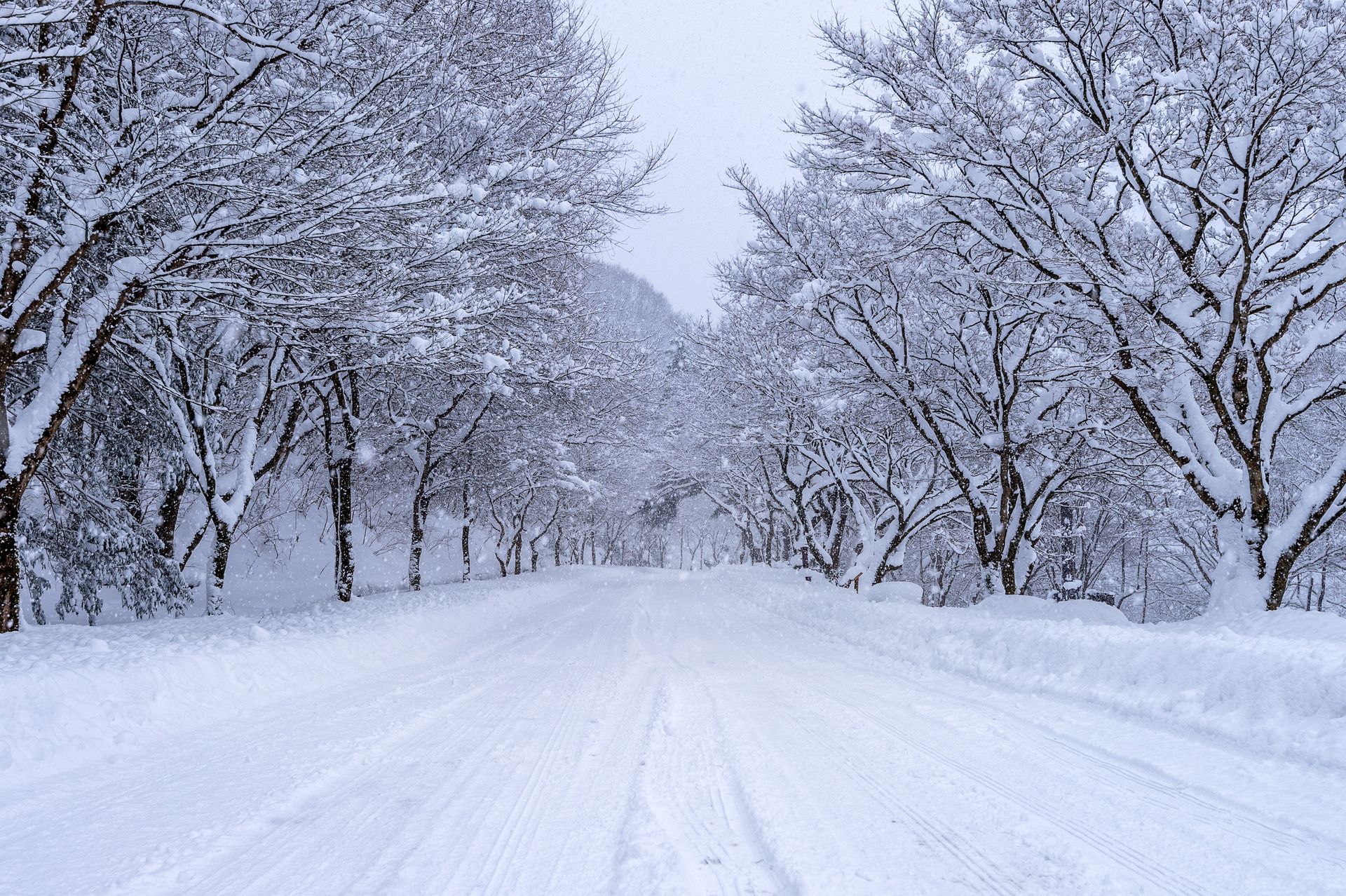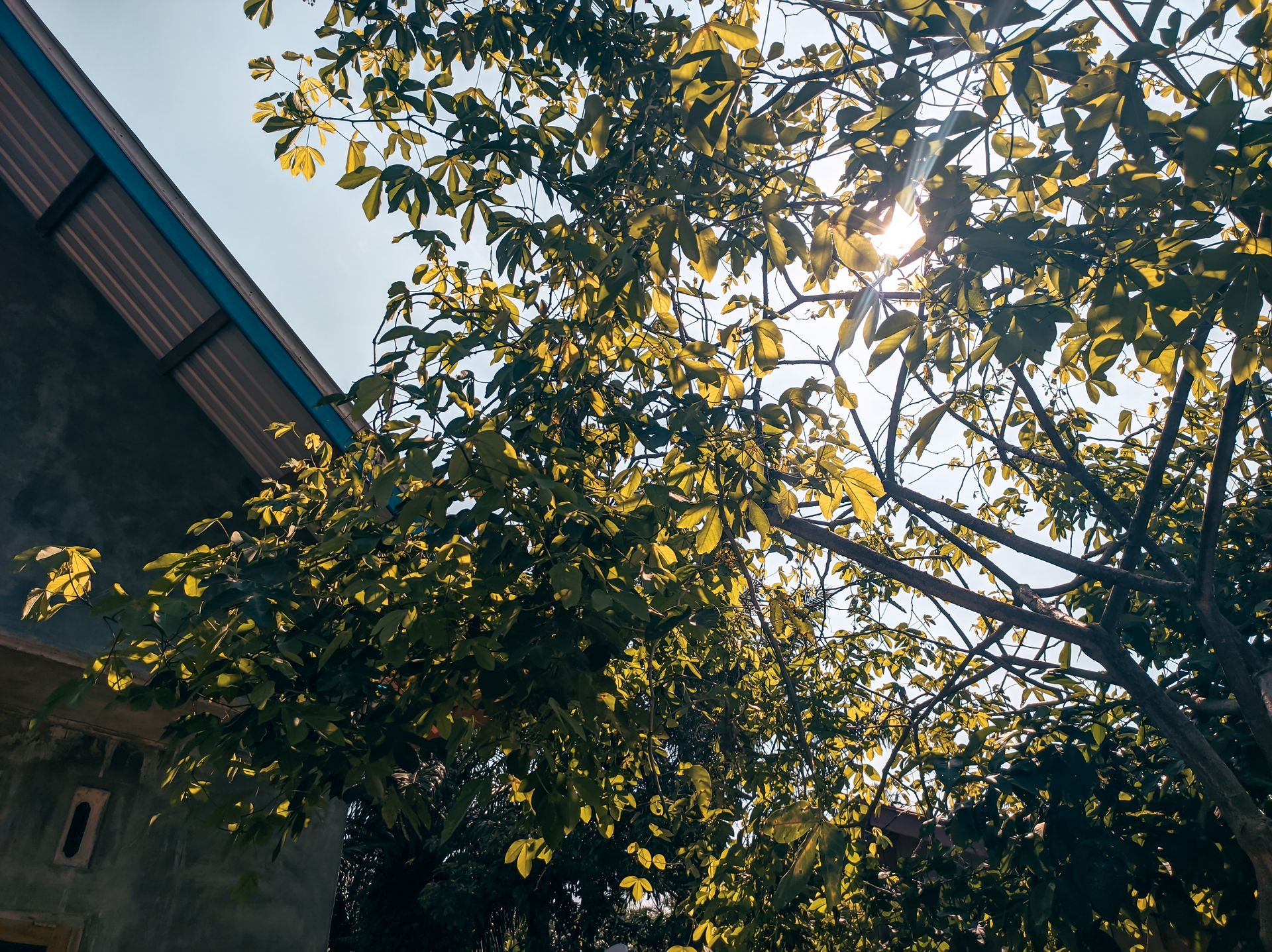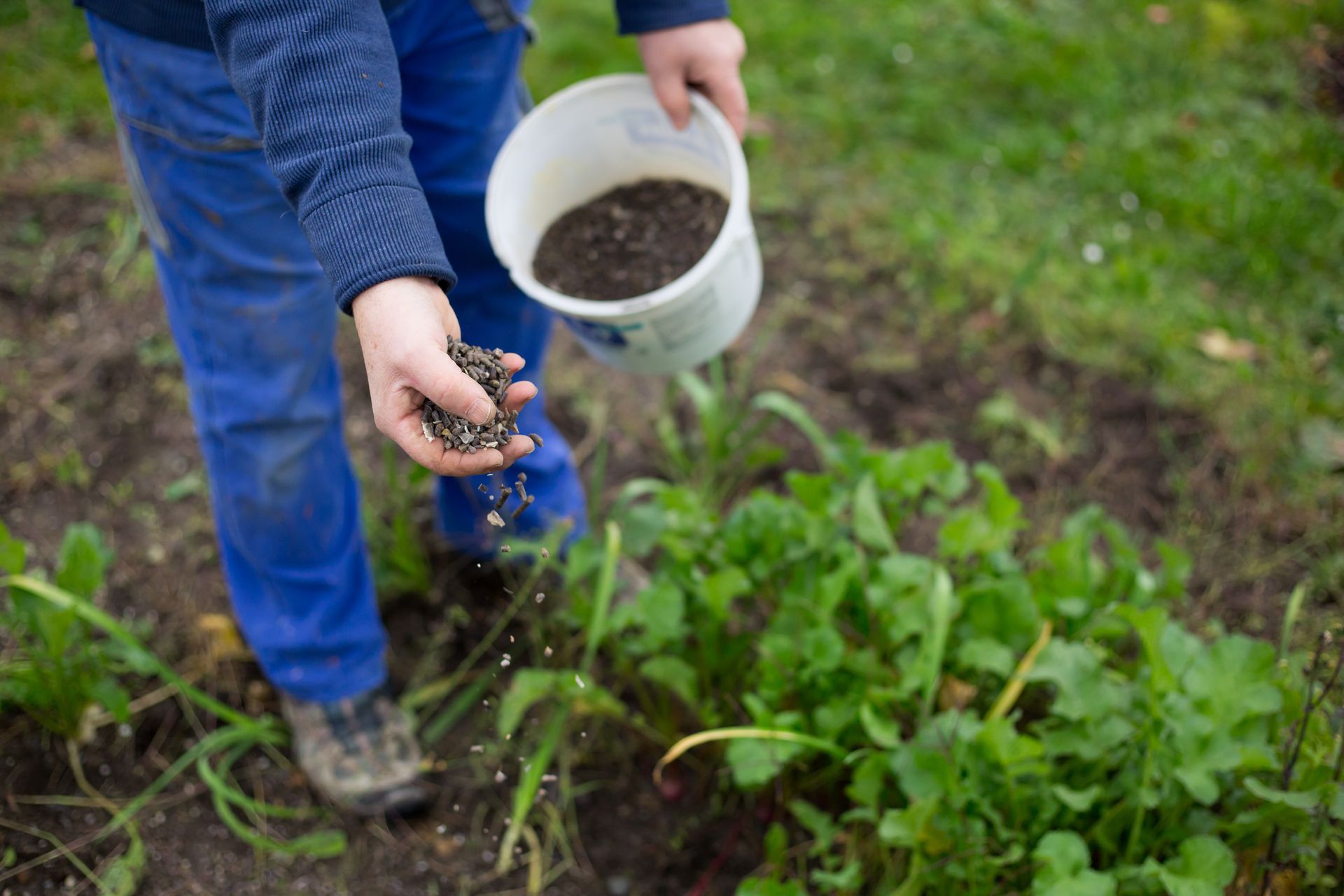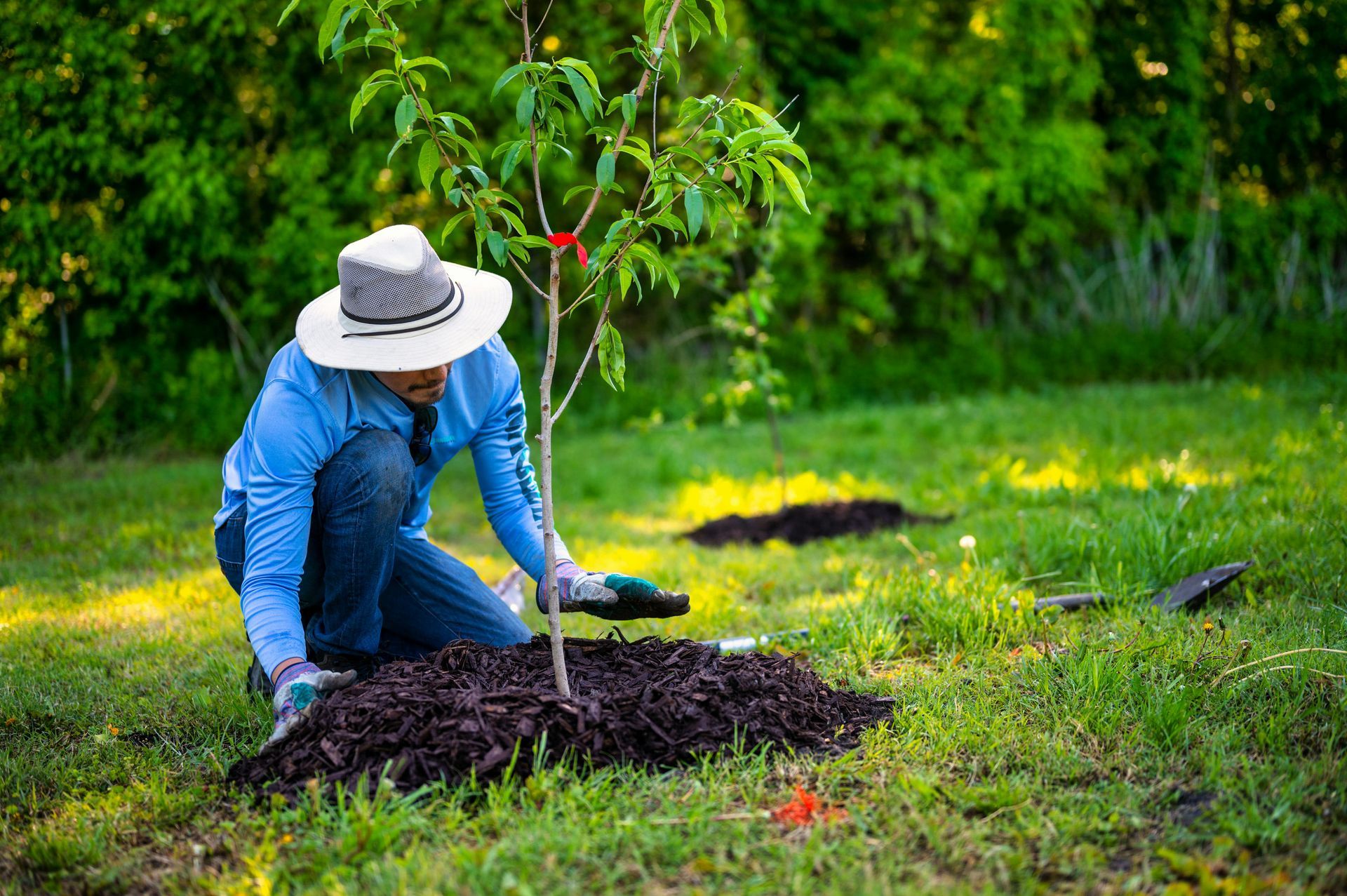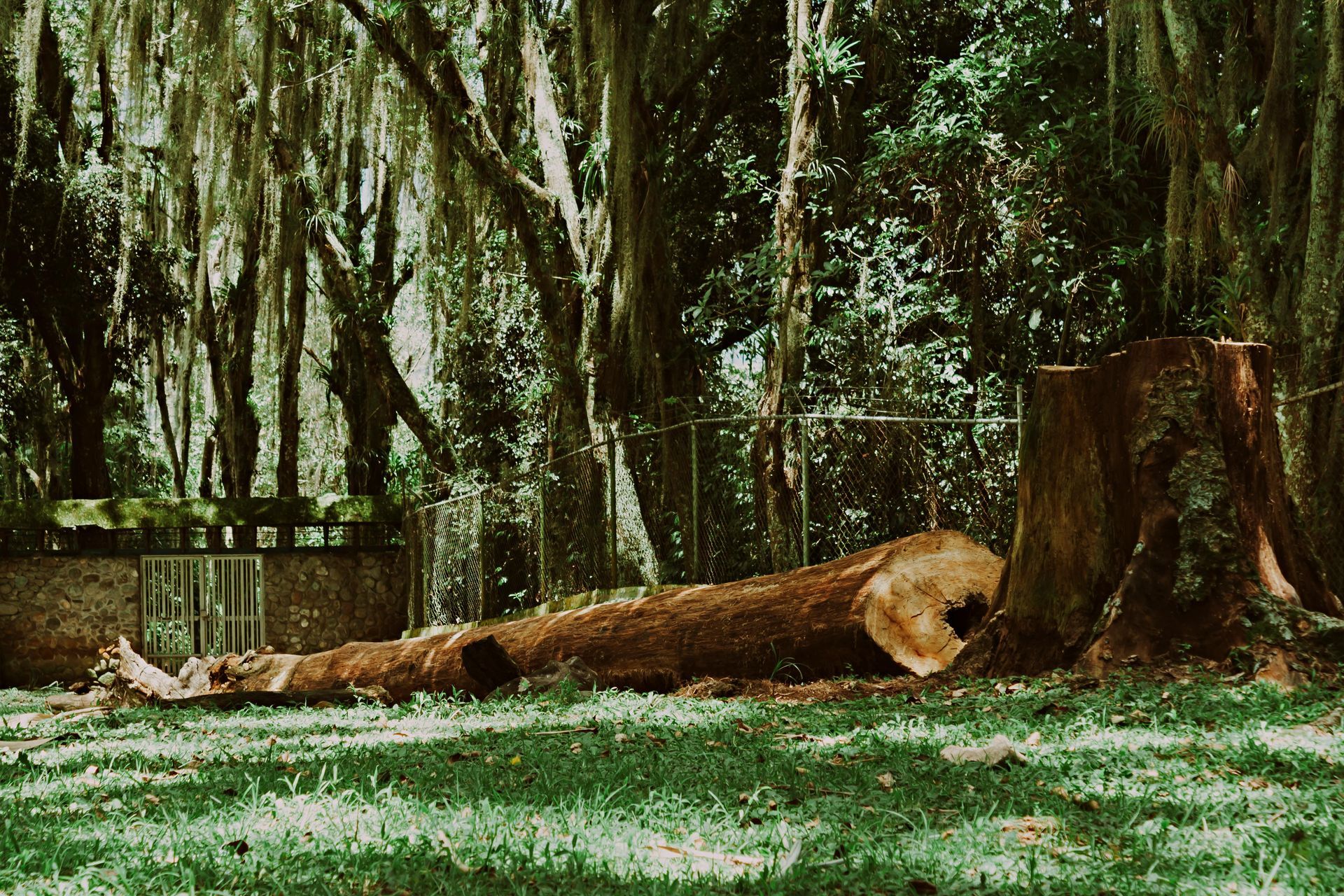Lamb Family Tree Care LLC
Signs Your Tree Needs Professional Help: A Guide for Homeowners
Trees play a vital role in enhancing our surroundings, offering aesthetic appeal, shelter, and fresh air. As a homeowner, it's important to take pride in caring for your trees and ensuring their health. Nevertheless, even the most meticulously cared for trees can encounter problems that necessitate the assistance of experts. Understanding the importance of consulting with a tree care specialist can help you save valuable time, money, and avoid any potential harm to your tree. In this blog post, we will explore the indications that your tree requires expert help and why
Lamb Family Tree Care LLC is the preferred choice for
tree care services in Montville, CT, and the surrounding regions.
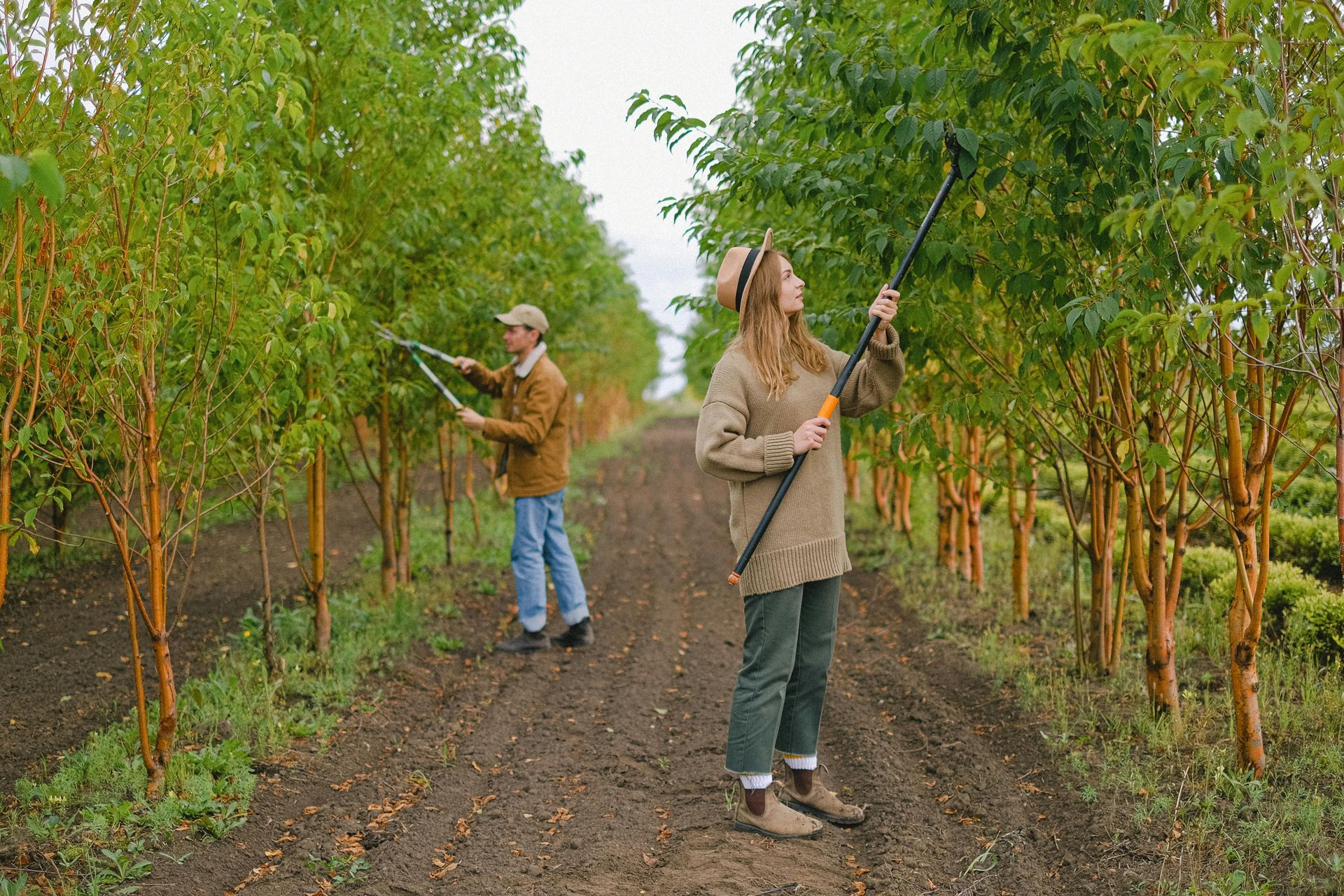
Why Your Tree Might Be Losing Its Leaves: Understanding Leaf Discoloration
One of the most obvious indications that your tree may require expert assistance is a noticeable alteration in the appearance of its leaves. Here are some possible explanations for why your tree's leaves may be changing color:
- Insufficient Nutrients: When a tree lacks essential nutrients, its leaves will begin to change color and eventually drop off, indicating a nutrient deficiency. This issue may arise due to subpar soil quality, insufficient nutrients in the soil, or the presence of pests and diseases.
- Environmental Stress: Severe weather conditions like drought, frost, or extreme heat can lead to the wilting and discoloration of leaves.
- Tree Vulnerabilities: Various pests and diseases can pose a threat to trees, leading to issues like discoloration and leaf loss.
If you happen to observe noticeable discoloration and leaf loss in your tree, it would be advisable to seek guidance from a tree care specialist. They have a keen ability to pinpoint the root of the issue and offer the appropriate remedy to revive your tree's well-being.
Warning Signs of Unhealthy Trees: Understanding Abnormal Growth Patterns
When trees undergo stress or damage, they may exhibit abnormal growth patterns that are easily recognizable. Here are some indicators to be aware of:
- Tilting: If you happen to observe your tree tilting to one side, it may indicate potential root damage, unfavorable soil conditions, or the influence of strong winds.
- Thinning Foliage: Thinning foliage may suggest a deficiency in nutrients, the presence of pests or diseases, or damage from pruning.
- Overabundance of Branching: Should you notice an abundance of branches concentrated in a particular area of your tree, it may indicate issues such as overcrowding or structural imbalance.
- Insecure Branch Attachments: Trees with insecure branch attachments are susceptible to breakage, which can result in property damage or personal injury.
These unique growth patterns can be addressed by a tree care specialist who will evaluate the situation and provide appropriate treatment. It is important to promptly address these concerns to prevent additional harm and guarantee the security of your property.
Understanding Wounds and Decay: Signs Your Tree Needs Immediate Attention
Trees can develop wounds and decay for a variety of reasons, including storm damage, pests, diseases, or improper pruning techniques. Here are some indications that your tree may have experienced considerable harm:
- Weak Trunk: If a tree has cracks in its trunk, it is far more likely to break because its structural integrity is compromised.
- Trunk Cavities: The presence of cavities in the trunk may indicate decay and potentially weaken the tree's stability.
- Signs of Decay: Fungi grown on or near a tree can be a sign that it is starting to break down. Seeing mushrooms, conks, or braces on a tree could mean that it is starting to rot.
If you come across any of these indicators, it is vital to promptly seek assistance from a professional. An expert in tree care can assess the tree and decide on the most suitable approach, such as
tree trimming, reinforcing with cables and braces, or removal.
Protecting Your Trees: Identifying and Treating Pest and Disease Infestations
Trees can be susceptible to pests and diseases, leading to potential negative effects on their overall well-being and visual appeal. Here are some common pest and disease infestations:
- Emerald Ash Borer: These beetles have a devastating impact on ash trees, leading to their demise in just a few years.
- Dutch Elm Disease: This is a fungal infection that can have devastating consequences for elm trees, often leading to their untimely demise.
- White Pine Blister Rust: This is a fungal disease that can have a detrimental impact on white pine trees. It leads to branch dieback and stunted growth, posing a significant threat to these trees.
It is essential to prioritize the well-being of your tree and take immediate action when you notice any indications of pest or disease infestations. An expert in tree care can quickly identify and address these problems to prevent additional harm and safeguard your trees.
Prioritizing Safety: Recognizing When Your Tree Could Be a Hazard
Although trees enhance the beauty of our surroundings, it is crucial to ensure their safety through proper maintenance. Here are some indications that your tree may pose a potential danger:
- Watch out for overhanging branches that could pose a risk to your home during storms. These large branches have the potential to fall and cause significant damage.
- Branches that are cracked, damaged, or hanging can fall without warning, which can be a potential danger to individuals and their belongings.
- Trees that are dead or dying are more susceptible to toppling over, particularly in severe weather conditions such as strong winds or heavy storms.
It is important to prioritize these safety concerns by reaching out to a reputable tree care company. They have the expertise to evaluate the tree's condition and decide whether it should be removed or pruned to mitigate any potential risks.
Contact Lamb Family Tree Care LLC for Professional Tree Care Services in Montville, CT
Take action before it's too late to address the signs that your tree requires expert assistance. Get in touch with Lamb Family Tree Care LLC for all of your tree care requirements. Our team of skilled professionals is well-prepared to address any tree care concern, regardless of its size or complexity. Utilizing our vast expertise and years of experience, we are able to offer top-notch solutions that guarantee the vitality and aesthetics of your trees.
At Lamb Family Tree Care LLC, our top priority is ensuring the safety of our clients and providing exceptional customer satisfaction. That's why we provide immediate tree services to address any unforeseen tree emergencies that may occur. Whether it's tree planting and trimming, or tree fertilization, we've got you covered. We take great pride in utilizing cutting-edge techniques and state-of-the-art equipment to deliver exceptional tree care services that is both efficient and of the highest quality. Rest assured that our team is fully licensed and insured, providing you with the confidence that your property is well-protected.
Put an end to the suffering of your trees. For expert tree care in Montville, CT, and the surrounding areas, please reach out to us at
(860) 752-0488. Allow us to assist you in maintaining the health, beauty, and safety of your trees. Working together, we can transform your landscape into a stunning sight that will leave your neighbors in awe.
Frequently Asked Questions (FAQs)
What is the best time of year to have my trees inspected by a professional?
It is best to have your trees inspected by a professional at least once a year, preferably in the spring or fall when tree growth is relatively slow.
Can trees be saved if they show signs of decay?
In some cases, trees can be saved with proper treatment depending on the extent of the decay. A certified arborist can determine the best course of action for your tree.
How can I tell if my tree has a pest infestation?
Look for visual signs such as holes in the trunk or branches, insect eggs or larvae, or abnormal leaf growth. If you suspect a pest infestation, it is best to consult a professional for an accurate diagnosis.
Is it better to remove a hazardous tree or prune it?
It depends on the tree's condition and the level of risk it poses. A certified arborist can assess the situation and determine the best option.
How often should I have my trees trimmed?
Trees should be trimmed every 3-5 years to maintain their shape and improve their health. However, certain factors such as tree species, location, and overall health may require more frequent trimming.
